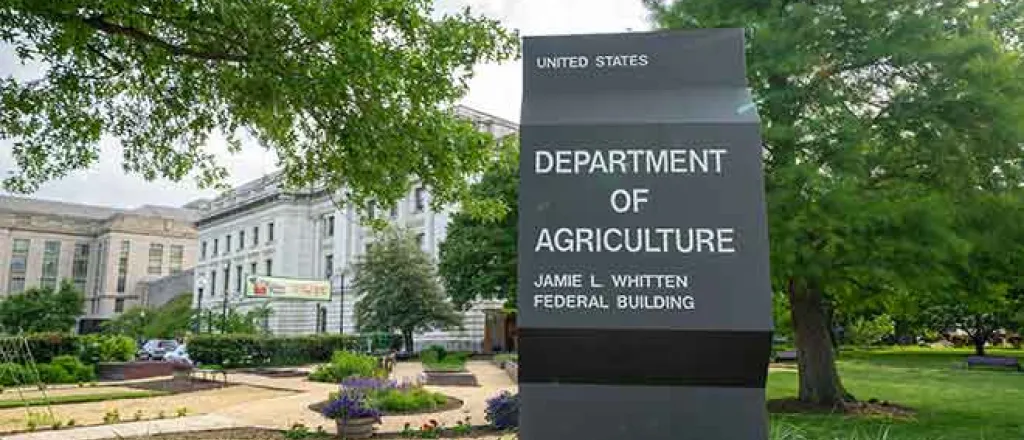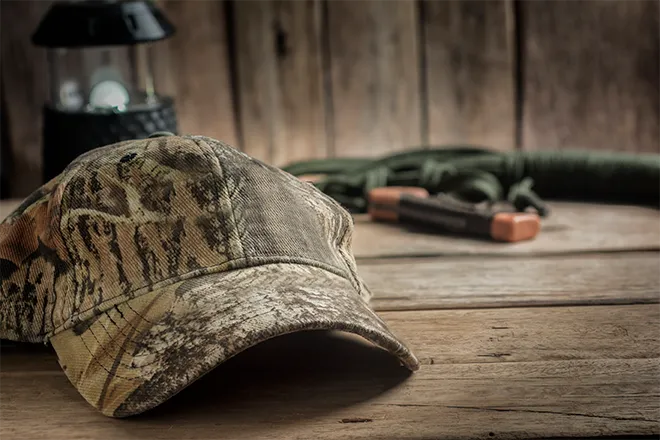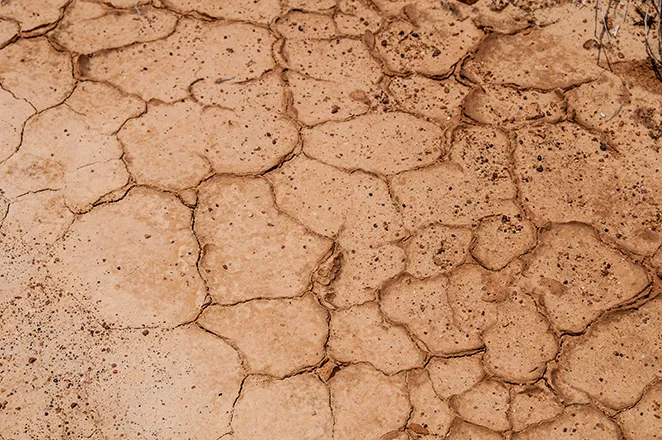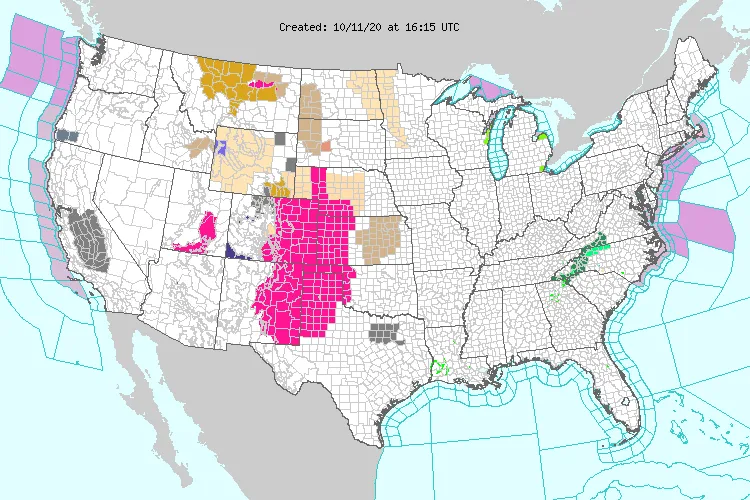
USDA’s wildlife services killed more than 400,000 native wildlife in 2021
(Wyoming News Service) The U.S. Department of Agriculture's latest report on its wildlife killing program, which aims to reduce the loss of livestock to carnivores, suggests the agency is continuing its preference for lethal management.
More than 404,000 wild animals were killed in their natural habitat last year.
Lindsay Larris, wildlife program director for the group WildEarth Guardians, said when managers do not target specific animals encountering livestock using traps, neck snares, sodium cyanide bombs and shooting animals from low-flying aircraft, the collateral damage can be significant.
"Three golden eagles were killed unintentionally, hundreds of gray and red foxes," Larris outlined. "And we found that there were two livestock-protection dogs -- these are dogs whose purpose it is to protect livestock -- are being killed by this federal program."
In 2021, Wildlife Services killed 64,000 coyotes, nearly 25,000 beavers, 3,000 foxes, 600 bobcats, 433 black bears, 324 gray wolves, 200 cougars and six endangered grizzly bears. More than 2,300 coyotes were killed in Wyoming from planes and helicopters, which Larris noted costs taxpayers about $800 per hour.
For two years in a row, Wildlife Services received nearly $1.4 million specifically for nonlethal "predator" management. Larris argued nonlethal options, including fencing, range riders, guard donkeys and llamas, and posting colored flags, have been effective in keeping wolves and other predators away from livestock.
"Ranchers, agricultural producers appreciate those options," Larris asserted. "So if they exist, and they're working, let's see more of those, and not have unnecessary killing of native species."
Larris noted people travel from all over the world for the chance to see Wyoming's iconic wildlife, which is a significant economic driver. When apex predators are removed from wild landscapes, she emphasized entire ecosystems can be thrown out of balance.
"Wild animals should be able to live in the wild, especially on public land, when they are native species," Larris contended. "And to take them out, without any sort of reason and any sort of thought behind the impact on that, is really concerning."

















